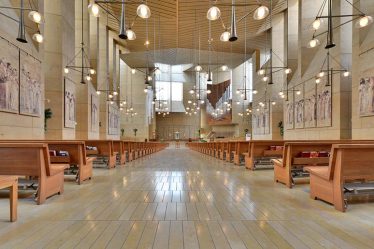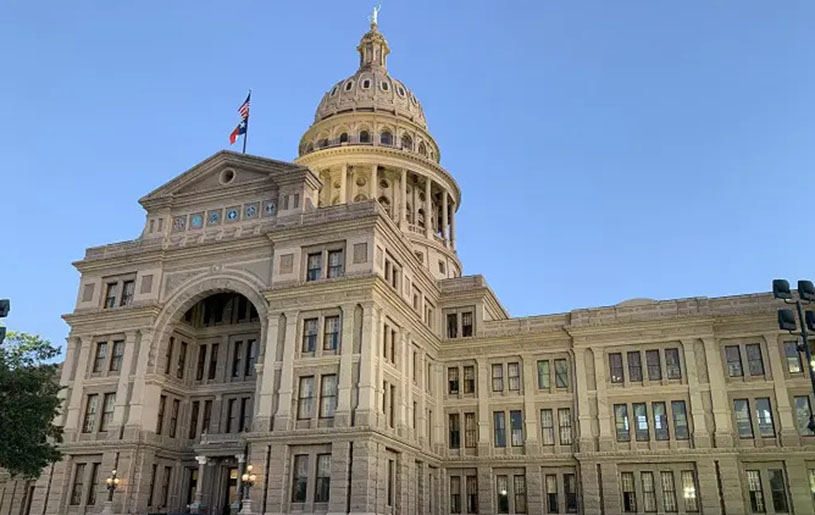
Austin, the capital of Texas, has a unique charm that attracts tourists from all over the world. It not only has a vibrant music scene, rich cultural activities and delicious food, but also carries a deep historical heritage. As an important city in the southern United States, Austin is a place where history and modernity are perfectly integrated.
From historical sites during the Civil War to memorials related to the American Revolutionary War, Austin’s neighborhoods and landmarks have witnessed major moments in American history. For example, the Texas State Capitol is one of the important symbols of the city’s history.
Many neighborhoods in Austin maintain classic old-fashioned architectural styles. Walking through these streets, you can feel the historical atmosphere of the past. There are not only well-preserved museums and monuments, but also many history-related attractions waiting for tourists to discover, making it a must-visit place for every history lover.
1. Texas State Capitol
Overview
The Texas State Capitol is not only one of Austin’s landmark buildings, but also an important symbol of American history and politics. Completed in 1888, this building is one of the tallest state capitols in the United States. It is designed in Italian Renaissance style and has exquisite wood carvings, historic artworks and monuments representing Texas history.
Location and transportation route
The Texas State Capitol is located at the intersection of East 11th Street and South Main Street in downtown Austin. Whether walking, taking public transportation or using a private car, it is a very convenient way to get there. If you choose to take the subway, you can get off at the “Capitol” station and walk to it.
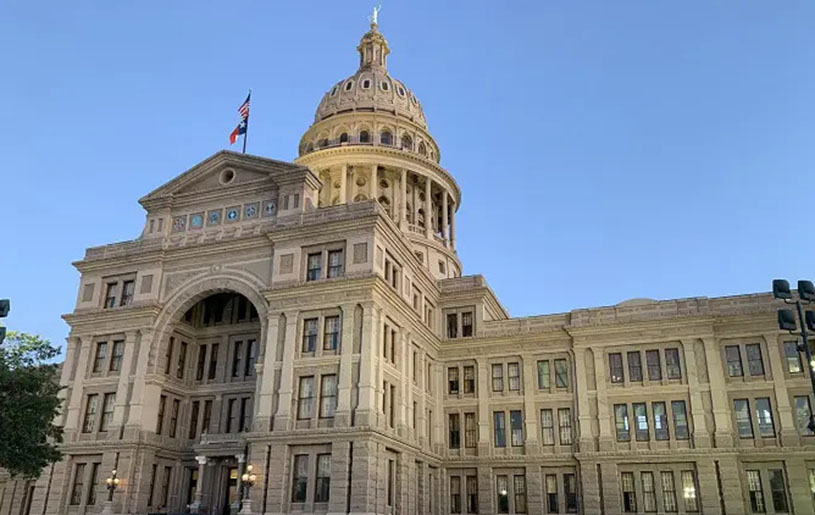
Opening hours and recommended visiting times
The Capitol is open all year round, and visitors can enter for free and take a self-guided tour. Monday to Friday, the Capitol is open from 7:00 am to 10:00 pm, and on weekends it is open from 9:00 am to 5:00 pm. The recommended visiting time is 1-2 hours to fully experience the historical atmosphere inside the building.
Cost
Visiting the Texas State Capitol is completely free, and visitors do not need to make reservations in advance.
2. Austin Historic District
Overview
The Austin Historic District is known as one of the most historic areas in the city, with many well-preserved 19th-century buildings. Walking into this historic district is like traveling back in time, and every building and every street carries a unique story.
Location and transportation routes
The Austin Historic District is located in the east of the city center, adjacent to the Texas State Capitol. You can explore this area by walking or renting a bicycle, and the surrounding transportation is also very convenient.
Opening hours and recommended visiting times
The Austin Historic District does not have strict opening hours because it is an open area. It is recommended to visit during the day so that you can enjoy the beautiful scenery and architecture of the surrounding neighborhoods. The recommended time for the tour is 2-3 hours.
Cost
No tickets are required for the Austin Historic District, and the tour is free.
3. The Brown Building
Overview
The Brown Building was built in 1908 and was the first high-rise building in Austin. Its architectural style is American Renaissance style, and the interior decoration is elegant, especially suitable for tourists who like historical buildings. Today, the building is still an office building, but its appearance and historical significance still attract a large number of tourists.
Location and transportation route
The Brownsville Building is located near 6th Street in downtown Austin and is easily accessible on foot. From the Texas State Capitol, walk south along South Street for about 10 minutes.
Opening hours and recommended playing time
The exterior of the building is open to tourists all year round, and it is recommended to visit during the day. Since the Brownsville Building is an office building, visitors can only appreciate the exterior architecture, and the interior is not open to the public. The tour time is about 30 minutes to 1 hour.
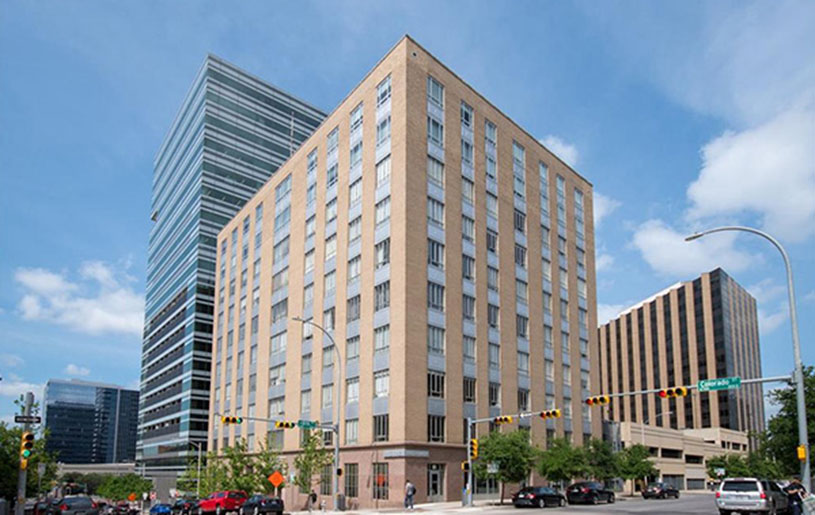
Cost
Visiting the exterior of the Brownsville Building is free and no reservation is required.
4. The Austin History Center
Overview
The Austin History Center is a place dedicated to the history of Austin. It houses a large collection of artifacts, photos, and documents about the city’s past. It not only shows the development of Austin from early settlement to modern times, but also displays information on important historical events such as the Texas War of Independence.
Location and Transportation
The Austin History Center is located on 11th Street in the city center, within walking distance of the Texas State Capitol. There are multiple public transportation stops around the museum, and both buses and subways are very convenient.
Opening hours and recommended visiting times
The museum is usually open from Tuesday to Saturday, from 10:00 am to 6:00 pm, and is closed on Sundays and Mondays. The visit time is generally 1-2 hours, and visitors can explore Austin’s history and culture here.
Cost
Admission to the museum is free, but a fee may be charged for special temporary exhibitions and events.
5. University of Texas at Austin
Overview
The University of Texas at Austin is one of the most prestigious universities in the United States, with many historic buildings on campus. It is not only a temple of academics, but also an important cultural landmark in Austin. The history of the University of Texas can be traced back to 1883, and many buildings and monuments on campus carry a rich history.
Location and transportation routes
The University of Texas is located in the north of downtown Austin, about 2 kilometers away from the Texas State Capitol. You can choose to walk, take the subway or take the bus to get there.
Opening hours and recommended playing time
The campus of the University of Texas is open all day and visitors can visit freely. The most famous attractions include historical buildings, libraries, museums, etc. on campus. The recommended playing time is 2-3 hours.
Fee
There is no charge for visiting the University of Texas at Austin, and all visitors can enter and exit freely.
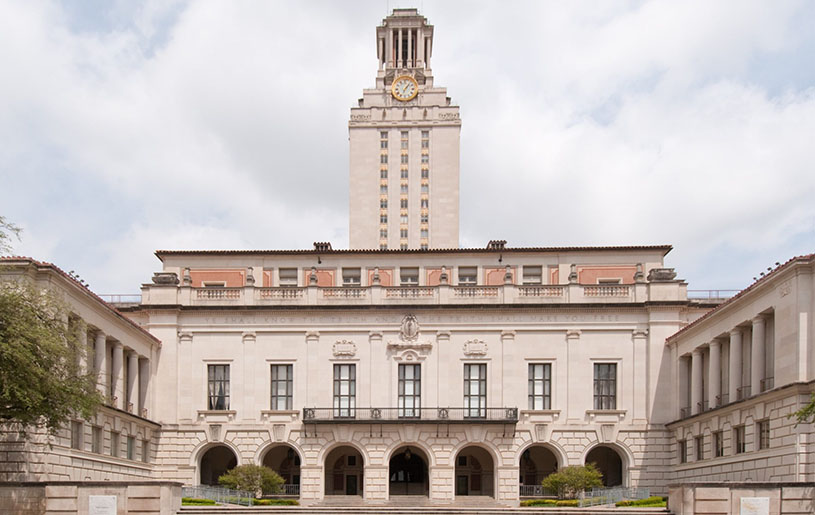
6. Things to note when visiting Austin attractions
Austin is a vibrant and creative city that attracts many tourists with its unique culture, music scene, and beautiful natural landscape. If you plan to visit Austin, here are some things to note to help you fully experience the charm of this city.
1. Prepare for hot weather
Austin’s summers are hot and dry, with temperatures often reaching over 30°C and sometimes breaking 40°C. Therefore, remember to wear breathable clothing and apply sunscreen when visiting outdoor attractions. Hydration is particularly important, so make sure you carry enough water, especially when doing outdoor activities such as boating or hiking.
2. Wear comfortable shoes
Austin has many beautiful parks, lakes, and nature reserves that are suitable for hiking, walking, or cycling. Since most attractions require some walking, a pair of comfortable, walking shoes is essential. It is recommended to choose sneakers or comfortable flat shoes to avoid tiring your feet during a long tour.
3. Arrange enough time
Austin’s attractions are widely distributed, so it is recommended that you arrange ample time to visit. For example, it may take a long time to visit the State Capitol, Breckenridge Park, Barton Springs Pond, etc. You can plan your route in advance to avoid rushing and affecting your travel experience.
4. Avoid peak tourist seasons
Austin is a popular tourist city, especially in spring, autumn and holidays, when the number of tourists surges. In order to avoid crowded attractions, it is recommended to avoid peak seasons, such as during large events such as the South by Southwest Music Festival (SXSW) in spring. If you don’t want to encounter crowded situations, you can choose to go during non-peak tourist seasons.
With these tips, you can make your trip to Austin easier and more enjoyable.
Austin is not only a vibrant modern city, but also a valuable heritage of American history and culture. As the capital of Texas, Austin is not only a hotbed of technological innovation, but also one of the birthplaces of Southern culture. The historic districts and museums here preserve many important historical sites, making people feel like they are traveling back in time.
From the magnificent Texas State Capitol to the historic Austin Historic District, each landmark carries Austin’s long history and culture. In these historical sites, visitors can not only appreciate the aesthetic value of the architecture, but also gain an in-depth understanding of the political and social changes in the American South.
Whether you are a history lover or a tourist interested in the culture of the American South, Austin can provide you with a unique travel experience. The museums, old neighborhoods and historical sites here are full of new discoveries and surprises every moment of the trip. Austin is an ideal place for you to learn about American history and culture.

